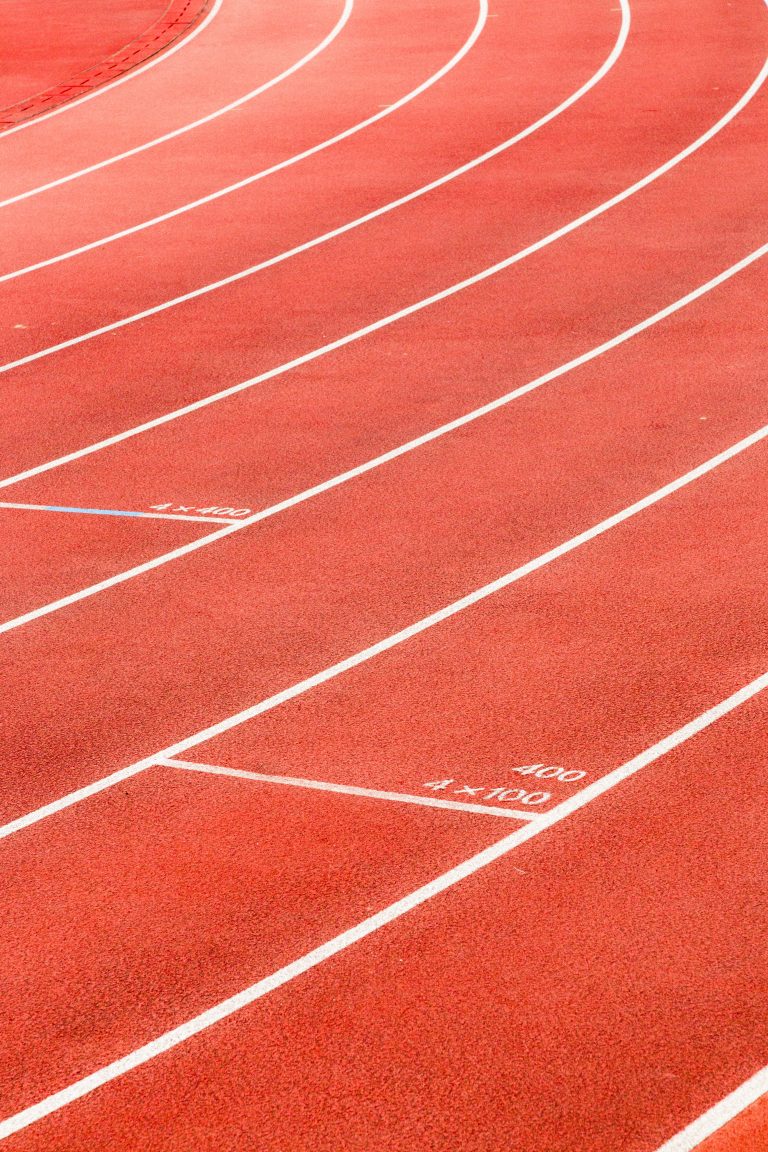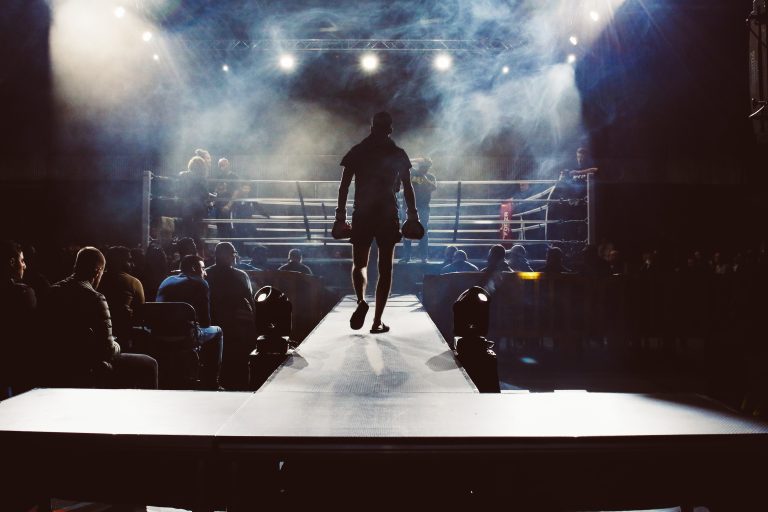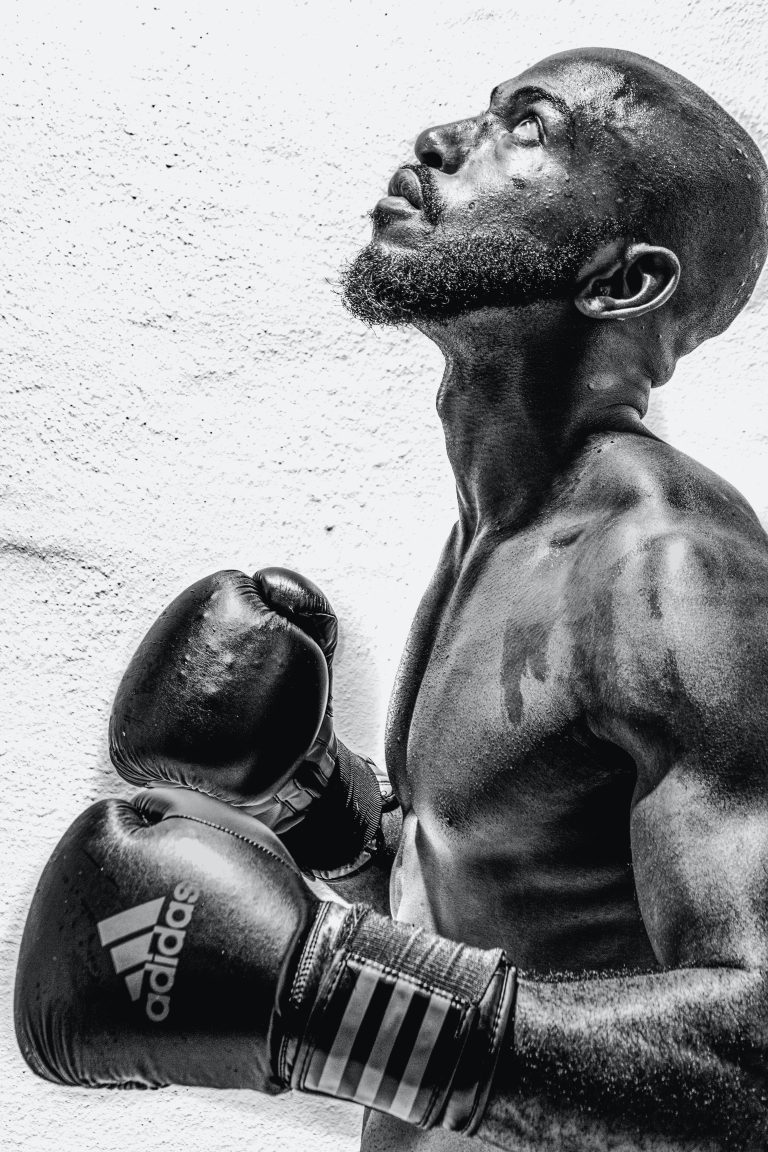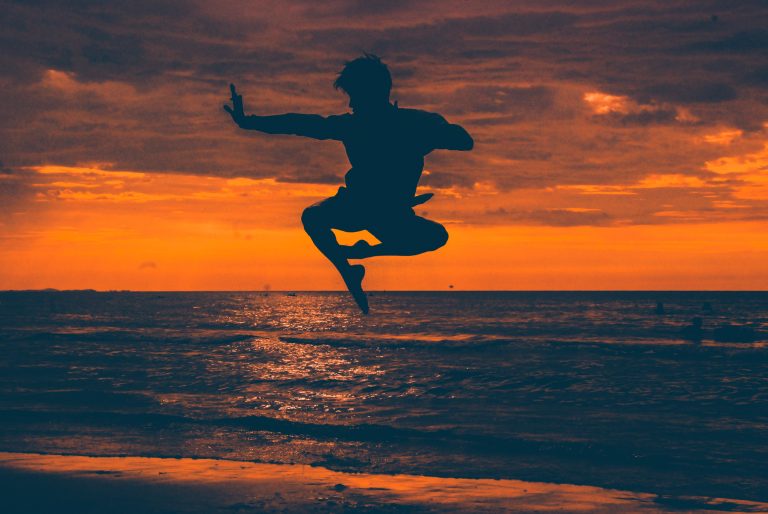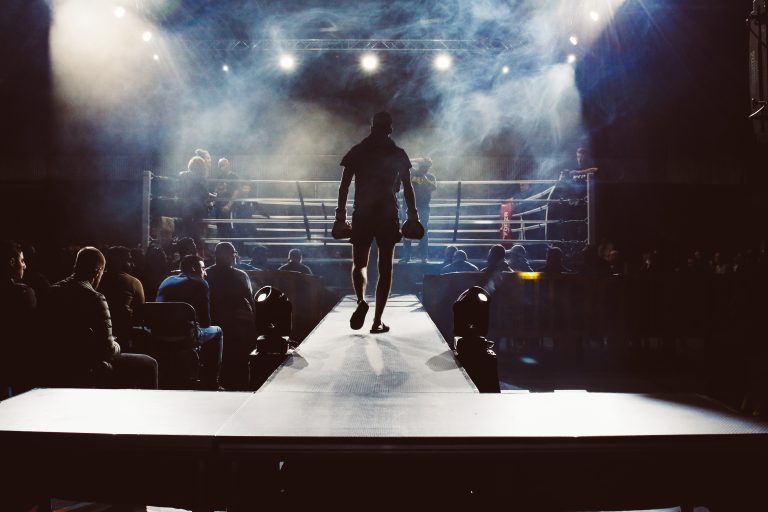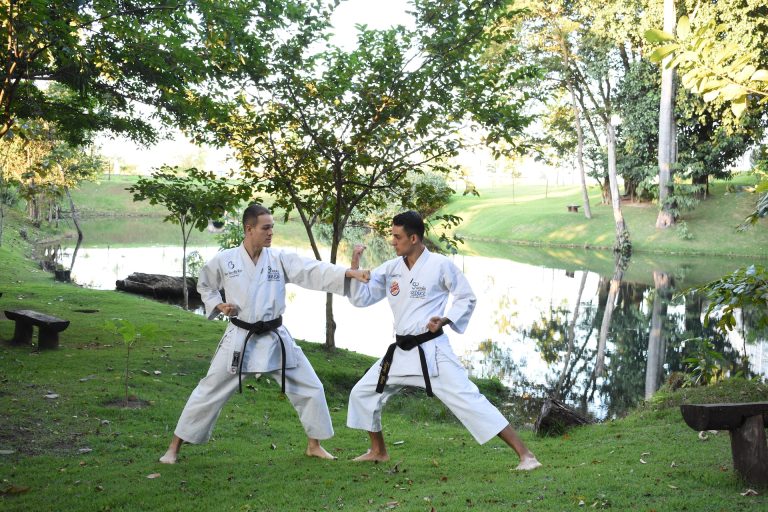What Exactly Is Karate and What Are Its Benefits?
Karate is a centuries-old martial art whose roots can be traced back to Okinawa, Japan. It is widely practiced now across the world and there are many different types of karate, such as Shotokan, Wado-Ryu and Goju-Ryu. Karate can be used for self-defense, exercise, spiritual growth, and to connect with your inner power. But what exactly is karate and what are its benefits? In this blog post, we will examine the history of karate, its various forms and benefits, and how anyone can include it in their lifestyle.
The Origin Of Karate
Karate has ancient origins, believed to have originated between 500-800 AD in the Ryukyu Islands of Japan (now known as Okinawa). At the time, samurai warriors of the islands used empty-hand combative techniques for training and battle. The samurai drew inspiration from Kun Tao, a Chinese martial style, to develop their own forms of hand-to-hand combat. Over time, they began to give it a name; “karate”, meaning “empty hand”.
In the 1920s, karate began to be studied in universities in Japan. Karate rapidly gained in popularity and several karate styles were developed. In 1964, karate was officially an Olympic sport, although it wasn’t part of the core list until 2020. Now, karate is practiced all over the world and is regarded as a very valuable form of self-defense and physical activity.
Forms Of Karate
There are many different forms of karate across the world. Some of the most popular include:
- Shotokan Karate: This popular style was developed in the 1930s by Gichin Funokoshi. It is known for its hard and fast fighting techniques, such as punches and kicks.
- Goju-Ryu Karate: Developed by Chojun Miyagi after studying at Shaolin Temple in China. Characterized by strong balance between soft and hard movements.
- Shito-Ryu Karate: Developed by Kenwa Mabuni in the 1930s. Combines aspects of Shotokan and Goju-Ryu styles.
- Wado-Ryu Karate: Developed by Hironori Ohtsuka. Characterized by more gracefulness than other styles.
- Kyokushin Karate: Developed by Mas Oyama in the 1950s, this style focuses on full contact sparring and knockouts.
These different styles of karate each have their own unique techniques, mental aspects, and benefits. All forms of karate promote physical fitness as well as cognitive and spiritual development. Generally, karate practitioners strive to focus their energy and strength inward in order to achieve a higher level of skill.
Benefits Of Karate
Karate is a great activity not just for self-defense but also for overall health and well-being. Practicing karate regularly provides a number of benefits including:
- Improved Strength and Flexibility: Karate requires a lot of physical strength and flexibility. Practicing regularly will help you build muscle strength, improve your coordination, and develop agility.
- Increased Self-Confidence: Learning karate is about much more than just physical strength – it also teaches you mental discipline and confidence. As your skills improve, you will also become more confident in yourself and your abilities.
- Stress Relief and Mental Clarity: Practicing karate can help you blow off steam and reduce stress levels. Additionally, it can help you focus your thoughts and redirect your energy toward achieving goals.
- Enhanced Cardiovascular Health: The movements of karate involve constant repetition and cardio exercise that can help strengthen your heart, improve circulation, and decrease your risk of cardiovascular diseases.
Karate can also be used as a form of self-defense, allowing you to defend yourself if attacked. This makes it a valuable skill for anyone looking to take up martial arts.
Getting Started With Karate
So how can you finally start learning karate? The best way is to find your local dojo (karate practice center) or a professional instructor to start training with. You can usually find a good instructor or dojo through a recommendation from friends or family or through online research. Once you find a place to train regularly, you can choose which type of karate you want to learn: Shotokan, Goju-Ryu, Shito-Ryu, Wado-Ryu or Kyokushin. Make sure you find the right style that best fits your goals and abilities.
When you join the dojo or start private lessons with an experienced karate instructor, they will provide you with guidance on the basics of the art form – such as stances, basic punches and kicks – as well as its principles and spiritual aspects. Practicing regularly at the dojo or through private lessons are two great ways to learn karate while also meeting other practitioners who may become your long-term training partners.
Conclusion
Karate is a centuries-old martial art with a rich history and many forms that can be used for self-defense, exercise, spiritual growth, and to connect with your inner power. Whereas there are many styles ranging from Shotokan to Goju-Ryu to Wado-Ryu and beyond, all forms of karate offer significant improvements in physical fitness as well as cognitive and spiritual development. Finally, anyone who is interested in learning karate can find their nearest dojo or professional instructor to start their practice. Anyone interested should look for qualified instructors and available dojos where they can develop their skills under qualified guidance.
What Exactly Is Karate and What Are Its Benefits?
Karate is a martial art form that involves various types of hitting, punching, and kicking strategies. The objective of karate is not only self-defense, but it also emphasizes discipline, respect, and attaining physical and mental enhancement.
Karate originates from the Ryukyu islands in Japan in the 19th century, and it rapidly became a popular martial art form. Today, karate has a global presence, and millions of men and women, children and adults, take part in this martial art to boost their health and fitness, learn self-defense, or enjoy a competitive game.
In this blog post, we will answer some of the most frequently asked questions about karate and its benefits.
What Are the Different Types of Karate?
There are numerous styles of karate, and each style has its distinct characteristics. Some of the most popular types of karate include Shotokan, Goju-ryu, Wado-ryu, Shito-ryu, and Kyokushin. The major difference between these styles is the way they execute their specific techniques, including stance, striking techniques, and movement.
What Are the Benefits of Practicing Karate?
Practicing karate offers a host of benefits, not only for your physical health but also for your mental and emotional wellbeing. Here are some of the benefits of practicing karate:
1. Fitness and Conditioning:
Karate involves a full-body workout that comprises various movements, including striking, kicking, and punching. Regular practice of Karate enhances endurance, agility, flexibility, speed, and strength, which leads to improved physical fitness.
2. Self-Defense:
Karate teaches self-defense techniques that help to protect oneself from physical assaults. Learning karate builds confidence, agility, and reflexes, which are essential traits for self-defense.
3. Stress Reduction:
Karate is an excellent stress relief activity. It provides a sense of relaxation, mind-body coordination, and self-confidence, which are all essential for stress reduction.
4. Improved Focus and Concentration:
Karate training involves focus on the present moment, and this helps to improve concentration and focus. It also helps to mitigate the risk of cognitive decline.
5. Improved Coordination and Balance:
Karate practice requires coordination, balance, and precision techniques, which leads to better motor skills, body balance, and muscle coordination.
What Are the Basic Techniques of Karate?
Karate forms have a series of techniques that include punches, kicks, and strikes. Some specific techniques are:
1. Punches:
There are several types of punches in karate, including straight punch, reverse punch, vertical punch, knife edge punch, and uppercut.
2. Kicks:
Karate involves many different types of kicks, such as front kick, sidekick, roundhouse kick, back kick, and hook kick. Each kick has its specific purpose.
3. Blocks:
Blocks are used in karate to stop or deflect the opponent’s attack. Some of the primary blocks in karate include high block, low block, and middle block.
4. Strikes:
Karate involves the use of strikes to damage the opponent. Some of the main strike techniques of karate include palm-heel strike, spear-hand strike, knife-hand strike, ridge-hand strike, and elbow strike.
What Are the Best Practices for Practicing Karate Safely?
Karate involves physical contact, and it can be harmful if not done correctly. Here are some best practices for practicing karate safely:
1. Always Wear Protective Gear:
It is essential to wear the right protective gear, such as a mouthguard, helmet, chest protector, shin guards, and gloves, during training and competition.
2. Warm-Up, Stretch, and Cool-Down:
Before starting a karate session, it is crucial to warm-up your body, stretch properly, and cool down to prevent injuries.
3. Listen to Your Body:
Pay close attention to your body and know its limitations. Don’t exert yourself beyond your capacity or force yourself to do anything that may cause injuries.
4. Respect Your Instructor and Fellow Practitioners:
Respect for your karate instructor and fellow practitioners goes a long way in ensuring a safe training environment.
Conclusion
Karate is an excellent martial art form that offers significant physical, mental, and emotional benefits. It is essential to approach karate practices with discipline, safety, and respect. With regular practice, proper techniques, and safety measures, karate can be an excellent way to improve your life quality.
Inhaltsverzeichnis

